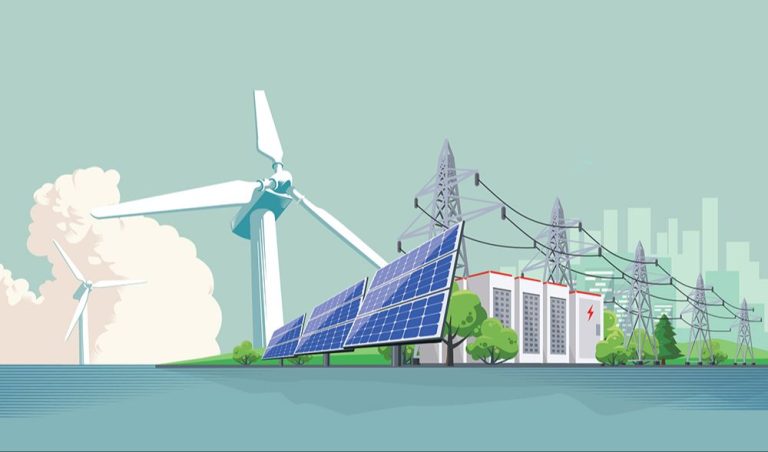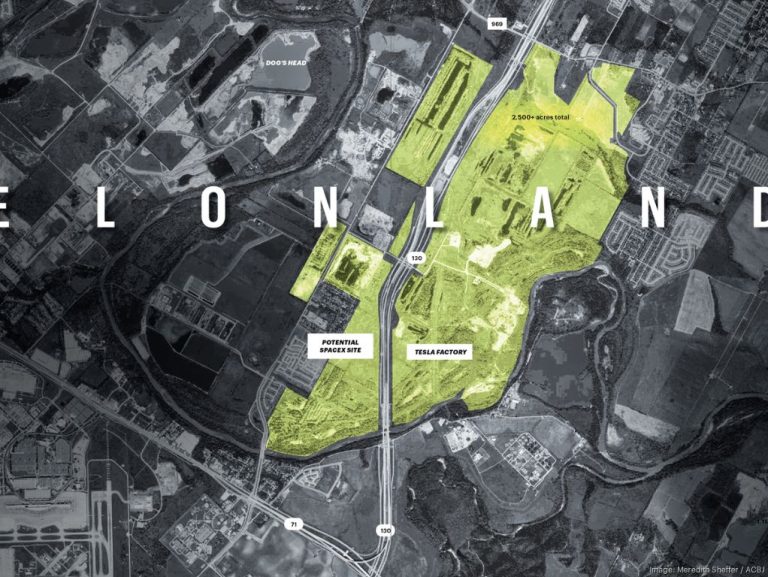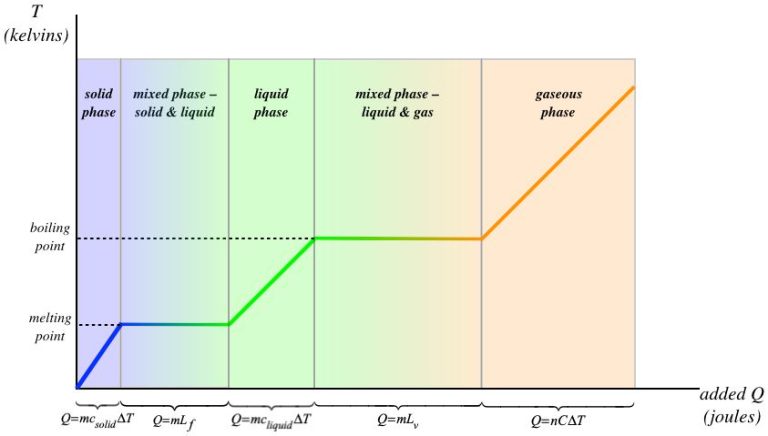Is Tesla’S Wireless Electricity Possible?
Nikola Tesla was a renowned inventor and electrical engineer. He is best known for his contributions to the development of alternating current (AC) electricity and the AC motor, which formed the foundation of the modern electric power system. However, Tesla also envisioned the wireless transmission of electricity in the late 19th and early 20th centuries, decades before technologies for radio or remote transmission had been demonstrated
As early as 1891, Tesla gave a lecture titled “Experiments with Alternate Currents of High Potential and High Frequency” where he discussed the possibility of transmitting electrical energy without wires. He believed that electrical power could be transmitted wirelessly using the earth and its atmosphere to conduct electricity.
Throughout his life, Tesla obtained around 300 patents worldwide for his inventions and conducted pioneering research into wireless electricity. Though his ideas were ahead of their time, many of the principles Tesla established would later influence modern wireless power transfer technologies.
How Tesla Envisioned Wireless Electricity
The pioneering inventor Nikola Tesla first conceived of wireless power transmission in the late 19th and early 20th centuries. He sought to develop a system where electricity could be transmitted through the air over long distances wirelessly, rather than through wires and cables.
Tesla obtained patents in 1897 for a radio-controlled boat and in 1900 for a wireless electrical transmission system. He envisioned a global wireless electrical energy system that could transmit power to any point on the globe. Tesla’s ideas centered around his discoveries of high frequency alternating current, the Tesla coil transformer, and the magnifying transmitter to charge the earth-ionosphere cavity resonantly. He believed power could be transmitted as a standing wave in the earth so receiving devices could tap the transmission.
Tesla demonstrated short-range wireless power transmission as early as 1891, lighting lamps wirelessly at high frequencies and power levels. He lit fluorescent and incandescent lamps from distances up to 25 miles away during his high frequency and high voltage experiments in Colorado Springs in 1899.
Tesla tried to build a large-scale wireless transmission tower called Wardenclyffe Tower from 1901-1917, aiming to transmit messages, telephony and even facsimile images across the Atlantic to England and to distribute worldwide wireless electrical energy. However, funding ran out before it could be completed. Though Tesla’s vision was not fully realized, he is considered the father of wireless technology and his ambitious work laid the foundations for various wireless power technologies still being researched and developed today.
Sources:
https://www.ai-bees.io/post/nikola-tesla-the-father-of-wireless
Resonant Inductive Coupling
Resonant inductive coupling, also known as magnetic phase synchronous coupling, allows efficient wireless power transfer between two coils that are tuned to resonate at the same frequency [1]. This phenomenon relies on magnetic fields to transfer energy between the coils without any direct physical contact.
When two coils are tuned to resonate at the same frequency, their magnetic fields align and couple together more strongly, allowing efficient energy transfer over an air gap [2]. The transmitting coil is driven by an alternating current at the resonant frequency, generating an oscillating magnetic field. The receiving coil picks up the magnetic field, inducing an alternating current in the coil at the resonant frequency.
Proper tuning and alignment of the coils is crucial for achieving high efficiency wireless power transfer via resonant inductive coupling. The distance between the coils also impacts the strength of the magnetic coupling. This method is suitable for short to medium range wireless charging applications.
Short-Range Wireless Power
Short-range wireless power transfer uses technologies like inductive charging and resonant inductive coupling to wirelessly charge devices up to 1 meter away. This is the most common type of wireless charging used today for consumer electronics like smartphones, smartwatches, and other portable devices. Inductive charging works by creating an electromagnetic field between two coils – a transmitter and a receiver. Electricity is sent through the transmitter coil, generating a magnetic field, which induces an electric current in the receiver coil that is used to charge the device battery. Companies like Samsung and Apple have popularized this by building wireless charging capability into their devices and accessories. Consumers can simply place their phone or watch on a charging pad to power up without plugging in a cable.
Citations:
Longer-Range Wireless Power Transfer
Significant research is underway into transferring power wirelessly over longer distances, inspired by Nikola Tesla’s early 20th century vision of worldwide wireless electricity distribution. While short-range wireless charging like Qi can transfer power up to a few centimeters, longer-range wireless power transfer (WPT) aims to deliver power across meters, dozens of meters, or even kilometers.
Different techniques are being researched for safe and efficient long-range wireless electricity transmission. These include electromagnetic radiation in the radio, microwave and laser frequency ranges as well as resonant magnetic coupling between coils separated by larger distances. According to Wikipedia, experiments have wirelessly powered small sensors from distances up to 20 feet using Wi-Fi signals [1].
One company developing longer-range WPT is Ossia, which uses directed radio frequencies that can beam power to devices up to 30 feet away through obstructions. Other groups are working on transmitting power along conductive paths or via lasers. However, huge hurdles remain around efficiency, cost, safety and energy losses over distance.
While the technologies show promise for niche applications, experts believe that long-range wireless power suitable for widespread use is still years or decades away from realization. Significant breakthroughs in materials, physics and engineering are likely needed for Tesla’s vision of global wireless power to become reality.
Challenges and Limitations
While wireless power transfer shows great promise, there are some key challenges and limitations that need to be addressed for it to be widely adopted. One of the biggest obstacles is efficiency, especially for longer-range wireless transmission. As electricity is transmitted through the air over distance, there is substantial power loss, with estimates of only 40-60% efficiency for distances of 10 feet or more (https://energy5.com/the-future-of-wireless-power-transmission). This leads to much higher energy costs compared to wired transmission. The efficiency challenges stem from the natural spread and absorption of electromagnetic waves. Solutions like using resonant magnetic coupling and developing advanced antenna designs can help focus and direct the energy more precisely.
Another major hurdle is cost. The infrastructure required for wireless electricity like transmitters, receivers, and specialty repeaters is currently very expensive to manufacture and deploy on a mass scale. Early real-world applications are estimated to be prohibitively costly compared to conventional power delivery. However, there are opportunities to drive down costs through technological improvements, economies of scale, and innovative business models as the technology matures.
Safety is also a concern when dealing with wireless transmission of electricity, especially at higher power levels. Careful regulation is needed to ensure human health and safety standards are met, like avoiding interference with medical devices. The potential impacts on wildlife and the environment also require ongoing study (https://www.sciencedirect.com/science/article/pii/S1364032123001545). With thoughtful system design and testing, wireless power networks can be engineered to minimize risk and operate safely.
Wireless Power Applications
Wireless power technology is already being used in many applications today. Some common examples include:
Wireless phone chargers – Many modern smartphones support wireless charging using resonant inductive coupling. Charging pads allow users to simply place their phone on a pad to initiate charging instead of plugging in a cable (Wireless Power Transfer – Overview and Applications).
Electric toothbrushes – Most electric toothbrushes are charged wirelessly by simply placing them on a charging stand (Methods and Applications of Wireless Power Transfer).
Pacemakers and other medical implants – Inductive wireless power allows medical devices implanted in the body to be charged without wires piercing the skin (Wireless power transfer).
Wireless charging for electric vehicles – Companies like WiTricity are developing wireless charging solutions to automatically charge electric vehicles simply by parking over a charging pad.
The future possibilities for wireless power are even more exciting. Entire rooms or office spaces could be outfitted with wireless power to eliminate the need for cables and wall outlets. Lights, fans, computers, appliances and more could all receive wireless power throughout the building. Long-range wireless power transfer could even enable charging electric cars on the go while driving along electrified roadways.
Health and Safety Concerns
One concern about wireless power transfer is the exposure to electromagnetic fields (EMF) it produces. Wireless charging works by creating an electromagnetic field between the transmitting and receiving coils to transfer energy (Park et al., 2020). This means that some EMF radiation is emitted during wireless charging. However, multiple studies have shown that wireless charging exposes users to levels of EMF radiation that are well below safety limits (Airfuel Alliance, 2022).
According to the FCC and other health organizations, the EMF exposure from wireless chargers is 1000 times lower than the threshold for hazardous exposure (Shield Your Body, 2022). The magnetic field strength drops off rapidly with distance from the charging pad. At a distance of just 8 inches, the EMF exposure is already negligible. As long as you don’t implant the wireless charging device inside your body, health risks are minimal.
Some users have reported headaches or nausea when using wireless chargers. However, these symptoms are likely psychosomatic or caused by an unrelated factor, as decades of research have not established any evidence for significant health effects from the low EMF levels involved. While long-term impacts require further study, current evidence suggests wireless charging does not pose any notable health risks when used as directed.
Outlook for Wireless Electricity
The outlook for wireless electricity becoming more widespread in the future seems promising. According to research from MarketsandMarkets, the wireless power transmission market is estimated to reach $15 billion by 2023, with a compound annual growth rate of 23.1% from 2018 to 2023 (Source). This growth will be driven by rising adoption of wireless charging for consumer electronics like smartphones and wearable devices, as well as electric vehicles. The key applications that will drive adoption of wireless power include consumer electronics, automotive, healthcare devices, industrial applications, and defense.
Many major technology companies are investing heavily in wireless charging technologies and pushing for more widespread adoption. For example, Xiaomi, Samsung, Sony and Google have released smartphones with built-in wireless charging capabilities. Electric vehicle makers like Tesla are also building wireless charging capability into their models to eliminate cords and charging time. As the technology continues to advance and costs come down, wireless charging for a variety of devices and applications could become a ubiquitous part of our everyday lives.
However, there are still challenges to overcome before wireless power becomes truly mainstream. The range and efficiency of wireless power transfer needs improvement for many applications. Safety and health concerns about long-term exposure also need to be studied more thoroughly. But if these limitations can be addressed through continued research and innovation, Nikola Tesla’s vision of wireless power being transmitted around the globe may move closer to reality in the coming decades.
Conclusion
In summary, Nikola Tesla envisioned a world where electricity could be transmitted wirelessly through the air over long distances. While we have not quite reached that level of technological capability, significant progress has been made in wireless power transfer over shorter ranges. Technologies like resonant inductive coupling allow for wireless charging of consumer electronics within a few feet. Research continues into extending the range of wireless power to longer distances, although major challenges around efficiency and safety remain.
While Tesla’s vision of worldwide wireless power has not yet become reality, many promising applications exist today. As the technology continues to advance, wireless power could become more widespread in the future, from charging electric vehicles to powering remote sensors and devices. However, it remains unlikely that we will achieve truly long-range wireless power transmission as Tesla imagined anytime soon. The feasibility of large-scale wireless power faces both technical and economic obstacles. But Tesla’s vision was revolutionary for his time, and it continues to inspire innovation in wireless transmission technology today.




